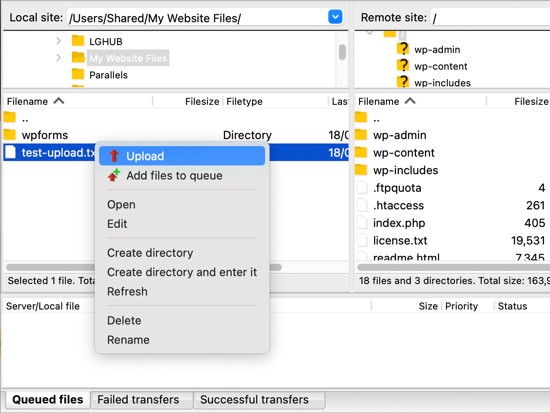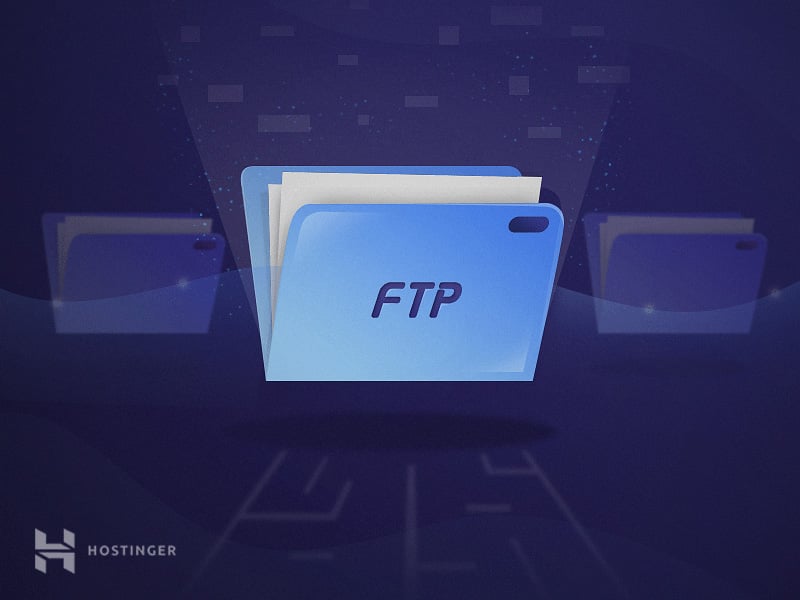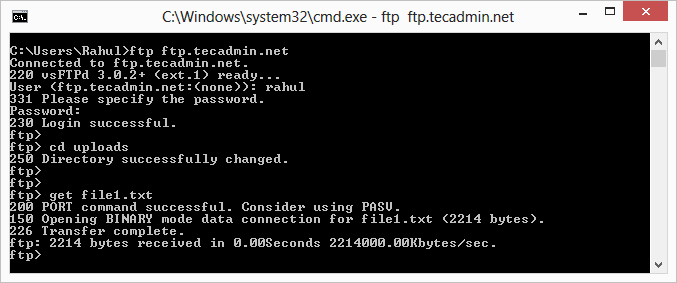

- #HOW DO I USE FTP HOW TO#
- #HOW DO I USE FTP PASSWORD#
- #HOW DO I USE FTP PC#
- #HOW DO I USE FTP DOWNLOAD#

Optionally, you can follow the filename with a second filename which will be assigned to the file when it is uploaded to the remote system.
#HOW DO I USE FTP PC#
To upload a file (copy a file from your PC to the remote system), you can use the command put or send followed by the name of the file you would like to upload. To return to ASCII file transfer mode, enter the ASCII command.
#HOW DO I USE FTP DOWNLOAD#
To download or upload files using Binary format mode, enter the command Binary at the "ftp>" prompt prior to downloading or uploading the file(s). To turn off this prompting, enter the prompt command prior to entering the mget command you will receive the message "Interactive mode OFF" indicating that prompting has been deactivated.īy default, files are downloaded and uploaded in ASCII file transfer mode. You will be prompted to indicate whether you would like to download each file in turn. To download multiple files, you can use the mget command followed by a descriptor for the files you would like to download (e.g.: *.f for all files ending in ".f" or *.* for all files). Optionally, you can follow the filename with a second filename which will be assigned to the file when it is downloaded to your PC. To download a file (copy a file from the remote system to your PC), you can use the command get or recv followed by the name of the file you would like to download. To display a listing of files on the remote system, enter: ls or dir. The lcd command can be used to change directories on the local (PC) machine. To create a new directory on the remote machine, use the mkdir command followed by the name you would like to assign to the new directory. To change directories on the remote machine, use the cd command.

The pwd command will list the current directory on the remote machine. When the commands in the shell have completed, you will be returned to the FTP session. You can also issue a subset of system commands to perform as you shell out, e.g., ! dir %windir% | more. The exclamation point ( !) can be used to shell to the system (command) prompt. Typing help or ? followed by the name of a command willĭisplay a brief description of the command's purpose. The question mark ( ?) command is equivalent to the help command. Note: Hover your mouse over a command to see what the output of "help *" is for that command. When using ftp from the command prompt, the following list of supported commands will be displayed:

Note: Once you have extracted the resource kit, you will have to expand individual filesįor a list of FTP commands, at the "ftp>" prompt, Enter: help To end the FTP session, Enter: quit or bye.Note: You could have also used ls to view the directory and file names, cd bussys/winnt/winnt-public/reskit/nt35/i386 to switch directories, and get i386.exe to download the file from within that directory. To download i386.exe from the bussys/winnt/winnt-public/reskit/nt35/i386 directory,Įnter: get bussys/winnt/winnt-public/reskit/nt35/i386/i386.exe.
#HOW DO I USE FTP PASSWORD#
You will not be able to see the password as you type it. Note: Any e-mail address in a format should work.
#HOW DO I USE FTP HOW TO#
You can transfer files, work with local or remote directories, rename and display files, and execute system commands.īefore you start, you must know how to log on to the remote system and have a userid and password on that system. How to use FTP from the command line How to use FTP from the command line.įTP (File Transfer Protocol) allows you to transfer files between your PC and other Internet systems (hosts).


 0 kommentar(er)
0 kommentar(er)
